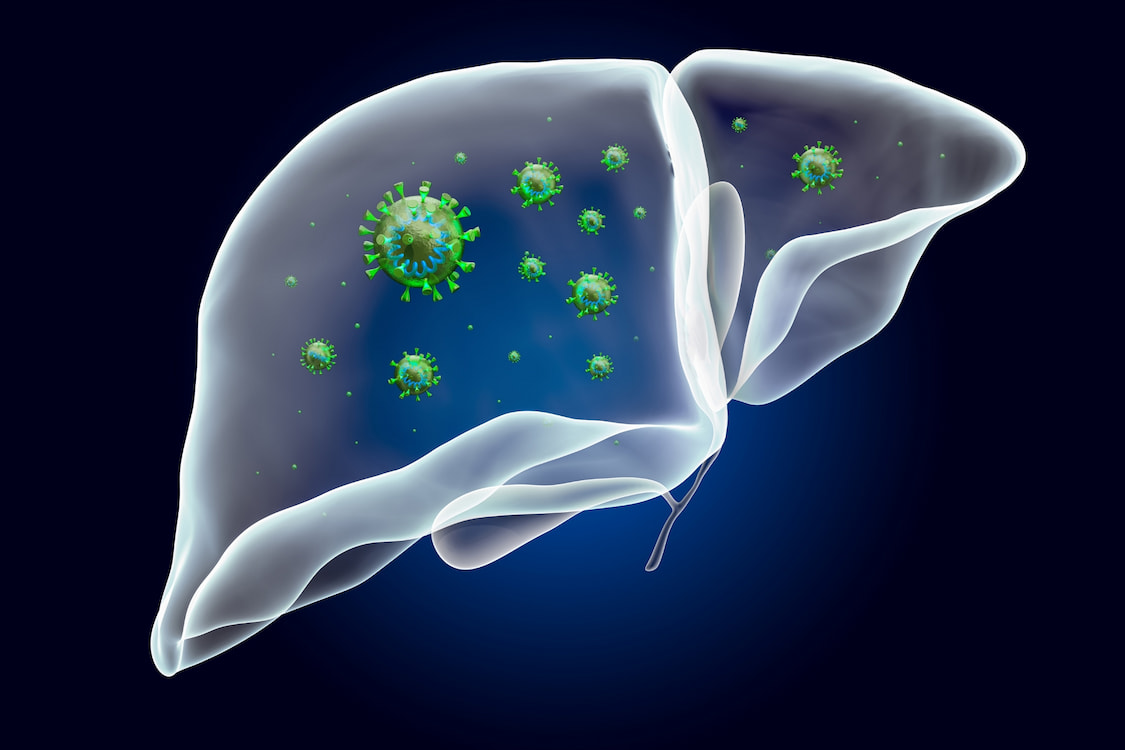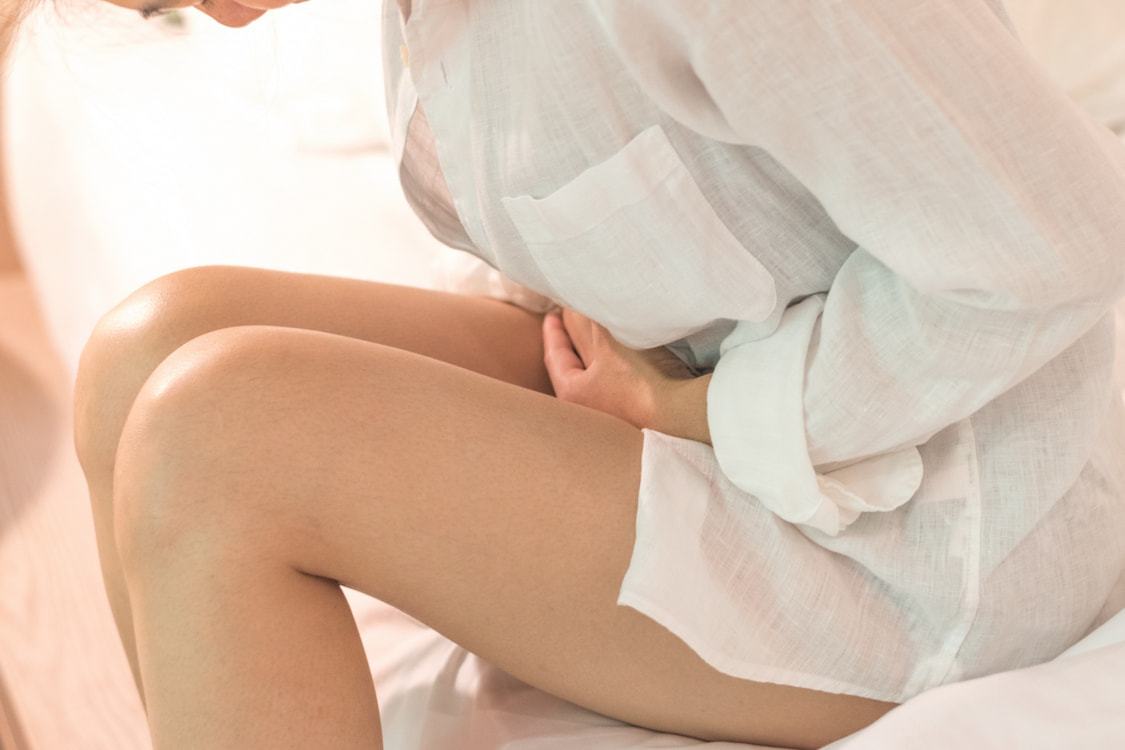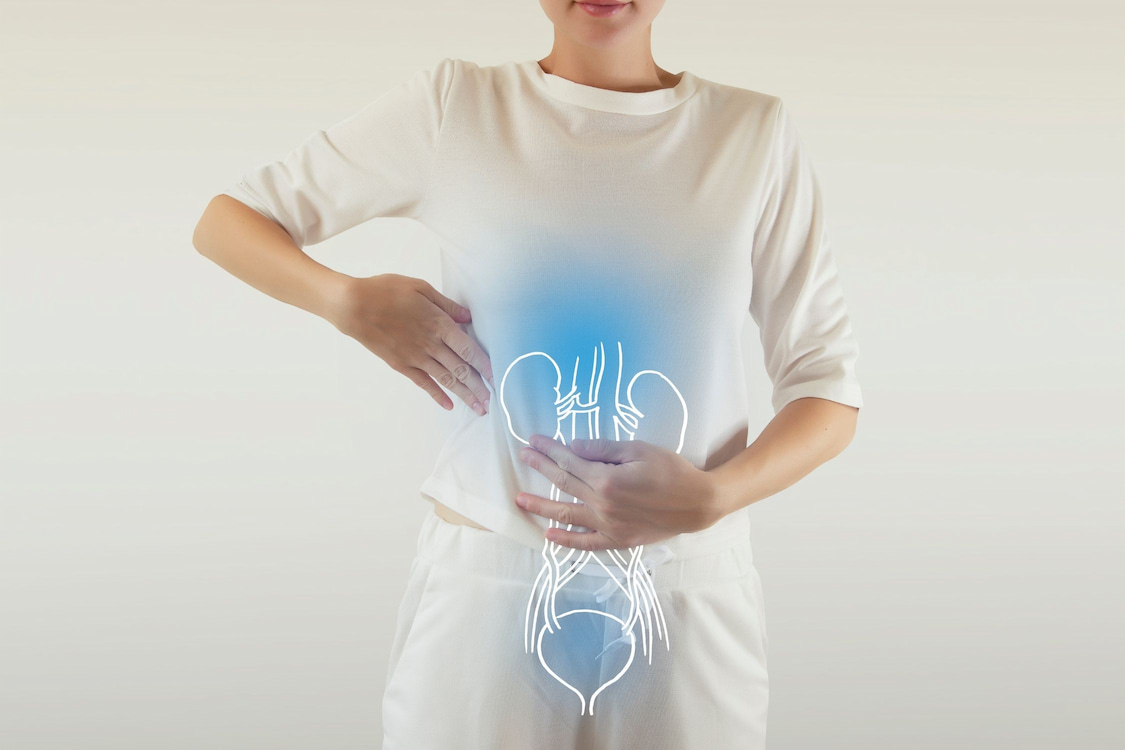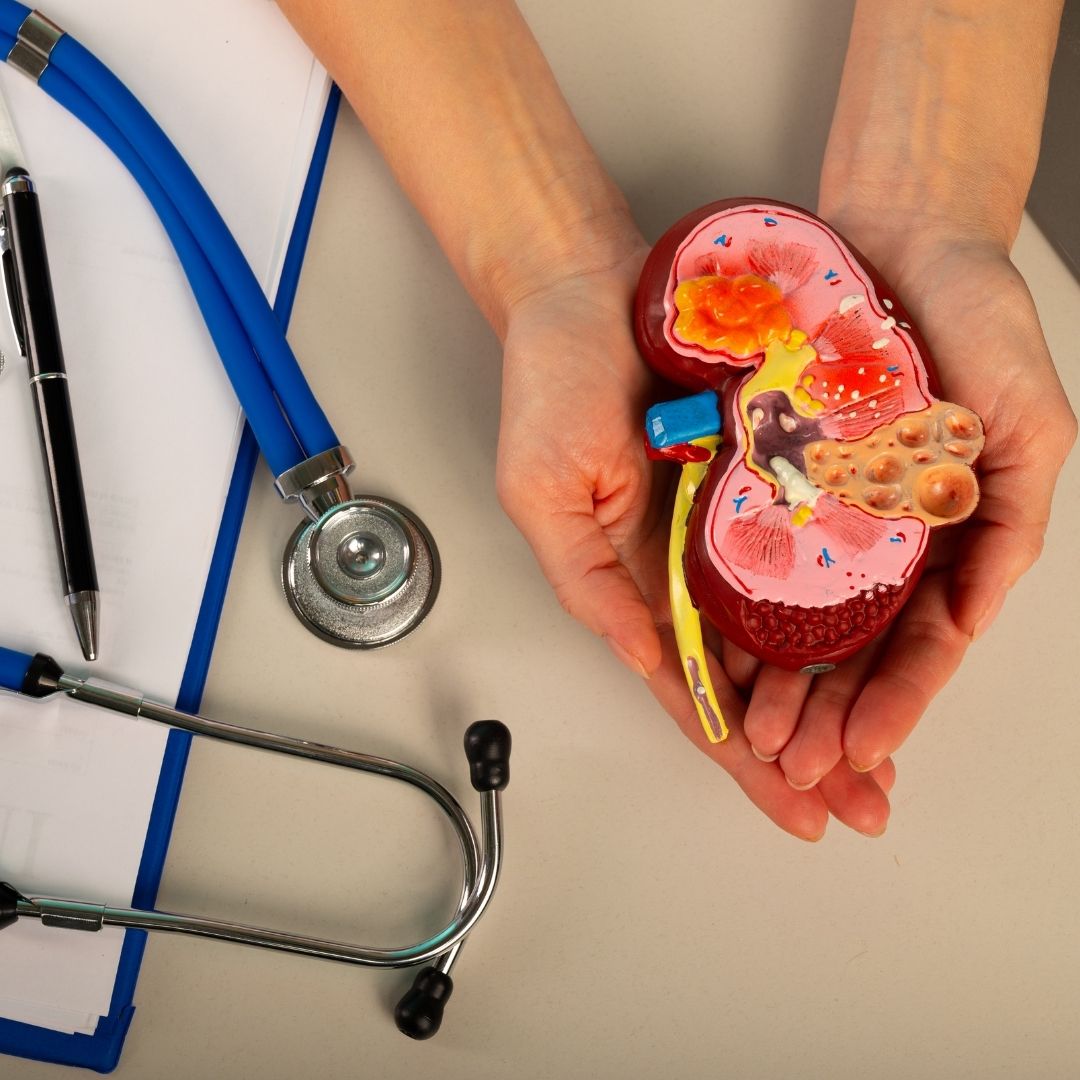
Mastectomy Scars: Everything You Need To Know
For many women, undergoing a mastectomy is a necessary and life-saving procedure in the fight against breast cancer. However, it can also leave behind visible scars that can be a source of insecurity and self-consciousness. In this article, we will provide an overview of what mastectomy scars look like, the different types of mastectomy scars, how long it takes for them to heal, treatment options to reduce their appearance, and tips for covering them up.
What Does Mastectomy Scar Look Like?
Mastectomy scars can vary in appearance depending on the type of surgery that was performed, the surgeon's technique, and the patient's healing process. In general, a mastectomy scar is a long, thin line that runs across the chest where the breast tissue was removed. It can be straight or slightly curved, and its size and location can vary depending on the extent of the surgery.
Some mastectomy scars may be raised and thick, while others may be flat and smooth. The color of the scar can also vary from pink or red to brown or white. It is common for the scar to feel numb or sensitive to the touch, especially in the first few months after surgery.
Types Of Mastectomy Scars
There are several types of mastectomy scars, and the type of scar a woman has will depend on the type of mastectomy she undergoes. The most common types of mastectomy scars include:
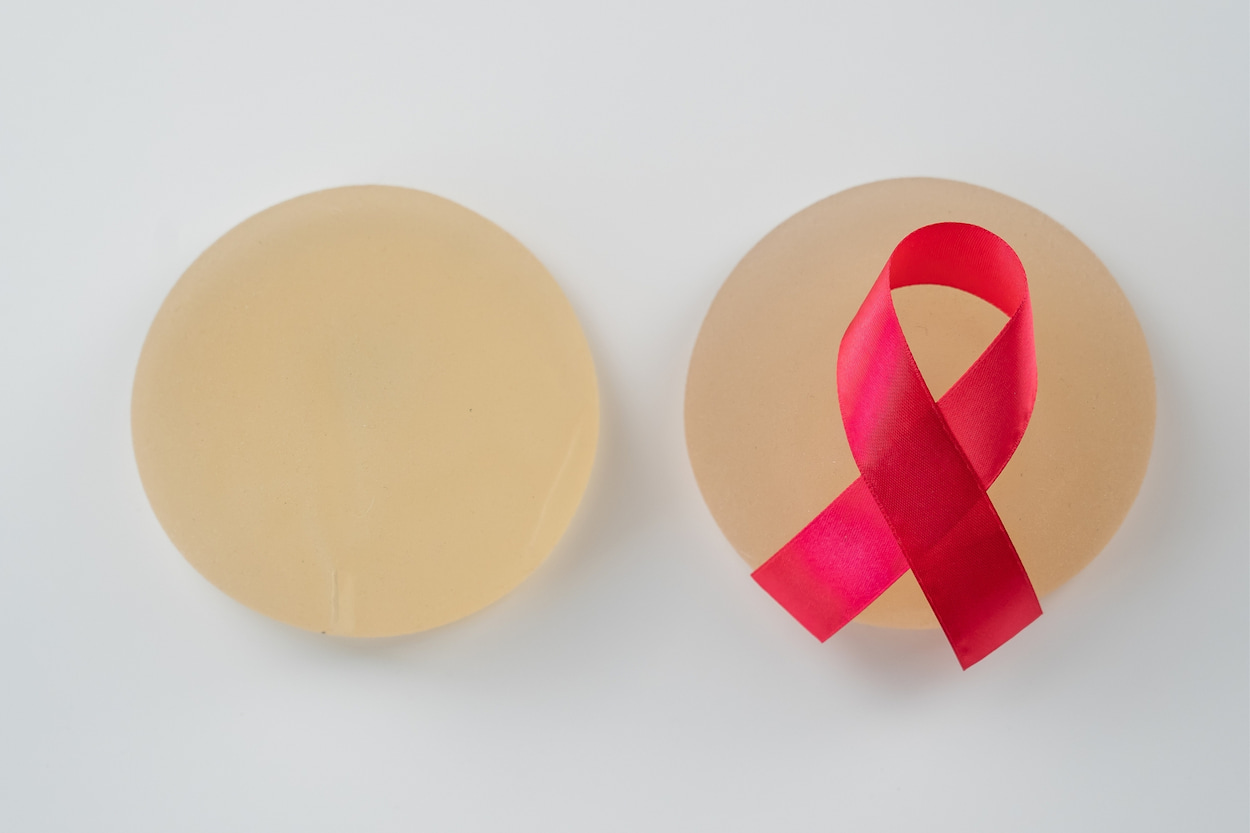
Traditional Mastectomy Scar
This is the most common type of mastectomy scar and is the result of a standard mastectomy surgery, which involves the removal of the entire breast tissue, including the nipple and areola. The scar is usually a horizontal line across the chest, extending from one armpit to the other, although the exact location and length of the scar can vary depending on the surgeon's technique.
Skin-Sparing Mastectomy Scar
In a skin-sparing mastectomy, the surgeon removes the breast tissue but leaves the skin intact, preserving the breast skin envelope. This type of mastectomy scar is typically smaller and less visible than a traditional mastectomy scar, as it only involves a small incision around the areola.
Nipple-Sparing Mastectomy Scar
In a nipple-sparing mastectomy, the breast tissue is removed, but the nipple and areola are left intact. The resulting scar is usually a small, circular incision around the edge of the areola, which can be easily concealed by clothing or a bra.
Lumpectomy Scar
A lumpectomy is a breast-conserving surgery that involves the removal of only the tumor and a small amount of surrounding tissue. The resulting scar is usually small and can be located anywhere on the breast, depending on the location of the tumor.
Reconstruction Scars
If a woman chooses to undergo breast reconstruction surgery after a mastectomy, she may have additional scars from the reconstruction procedure. These scars can vary depending on the type of reconstruction surgery performed, but they can include incisions on the breast, back, or abdomen.
It is important to note that every woman's experience with mastectomy scars is unique, and the appearance of the scar can vary depending on factors such as skin type, age, and the type of surgery performed. It is important to discuss the potential scarring and the different types of mastectomy with a surgeon before undergoing any surgery.
Treatment to Reduce Mastectomy Scar
There are several treatments available that can help reduce the appearance of mastectomy scars. Here are some of the most common:
Steroid injections: Steroid injections can be used to reduce inflammation and flatten raised scars. This treatment involves injecting a steroid medication directly into the scar tissue, which can help break down the collagen and reduce the appearance of the scar. Multiple injections may be necessary for best results.
Surgical scar revision: Scar revision surgery involves removing the old scar tissue and creating a new, less noticeable scar. This can be done by a plastic surgeon and may involve techniques such as skin grafting or tissue expansion.
Laser therapy: Laser therapy can help reduce the appearance of scars by stimulating collagen production and breaking up scar tissue. This treatment can be performed by a dermatologist or plastic surgeon and may require multiple sessions.
Microneedling: Microneedling involves using a small device with tiny needles to create micro-injuries in the skin. This process stimulates collagen production and can help reduce the appearance of scars over time.
Compression garments: Compression garments can be worn over scar tissue to help reduce swelling and promote healing. These garments can be purchased over the counter or prescribed by a healthcare professional.
In addition to these treatments, the tips mentioned earlier can also be effective in reducing the appearance of mastectomy scars. It is important to remember that every woman's experience with mastectomy scars is unique, and the best treatment approach will depend on the individual's needs and preferences. A healthcare professional can provide guidance and recommend the best treatment options based on the specific situation.
How Long Does It Take For A Mastectomy Scar To Heal?
The healing process of a mastectomy scar can vary depending on the individual's healing process and the extent of the surgery. In general, it takes about 6-12 months for a mastectomy scar to heal completely. During this time, the scar will gradually fade and become less noticeable.
It is important to keep the scar clean and dry during the healing process to prevent infection. The surgeon may also recommend using scar creams or silicone sheets to help reduce the appearance of the scar.
Covering Up Your Mastectomy Scars
For some women, covering up their mastectomy scars can help boost their confidence and make them feel more comfortable in social situations. There are several options for covering up mastectomy scars, including:
Clothing: Wearing clothing that covers the chest, such as high-necked shirts or scarves, can help conceal the scar.
Tattoos: Some women choose to get tattoos over their mastectomy scars as a way of reclaiming their bodies and expressing their individuality.
Prosthetic nipples: For women who have had a nipple-sparing mastectomy, prosthetic nipples can be a way to restore the appearance of the breast.
Breast prostheses: Breast prostheses are an option for women who have had a full mastectomy and do not want to undergo breast reconstruction surgery.
Aftercare Mastectomy with Healthy Türkiye
Mastectomy scars can be a source of insecurity and self-consciousness for many women. However, there are several treatment options available to reduce their appearance, as well as lifestyle changes and tips that can help promote healing and reduce scarring.
For women who choose to cover up their scars, there are several options, including clothing, tattoos, prosthetic nipples, and breast prostheses. You can consult with Healthy Türkiye’s healthcare professional before starting any treatment for mastectomy scars and choose a covering-up option that best suits one's needs and preferences.
